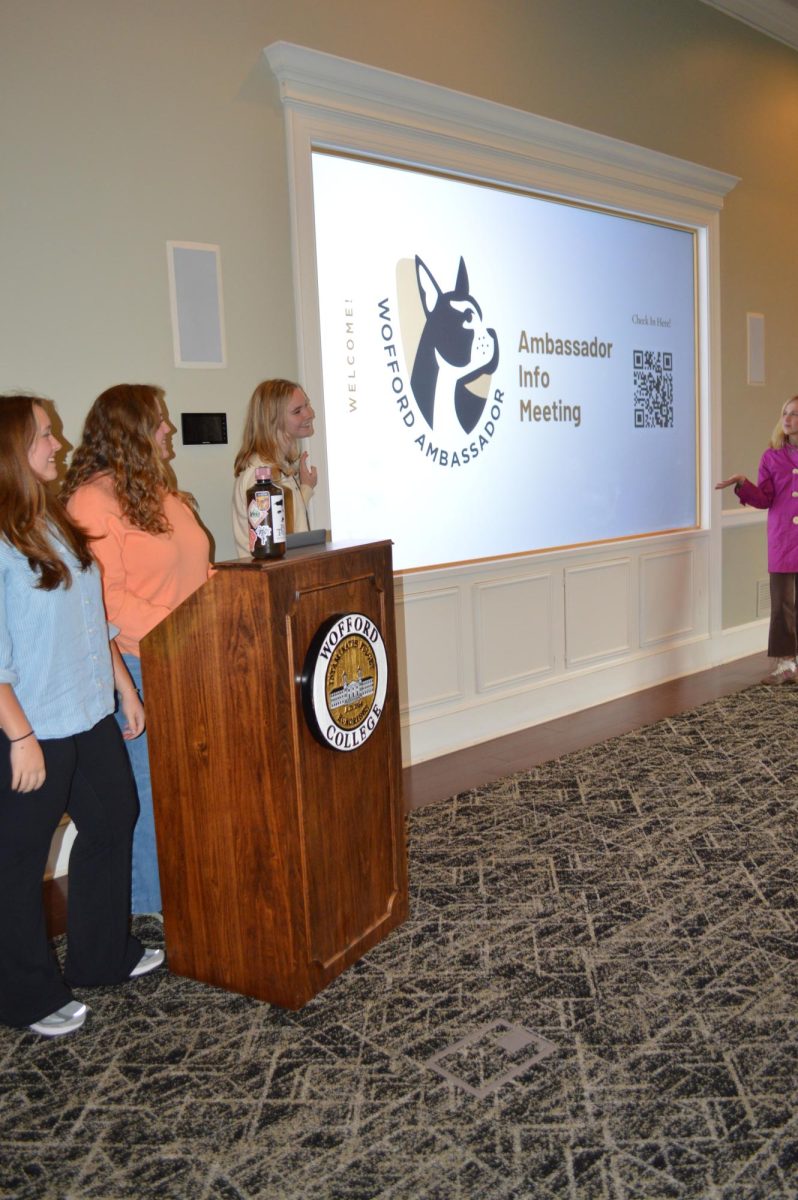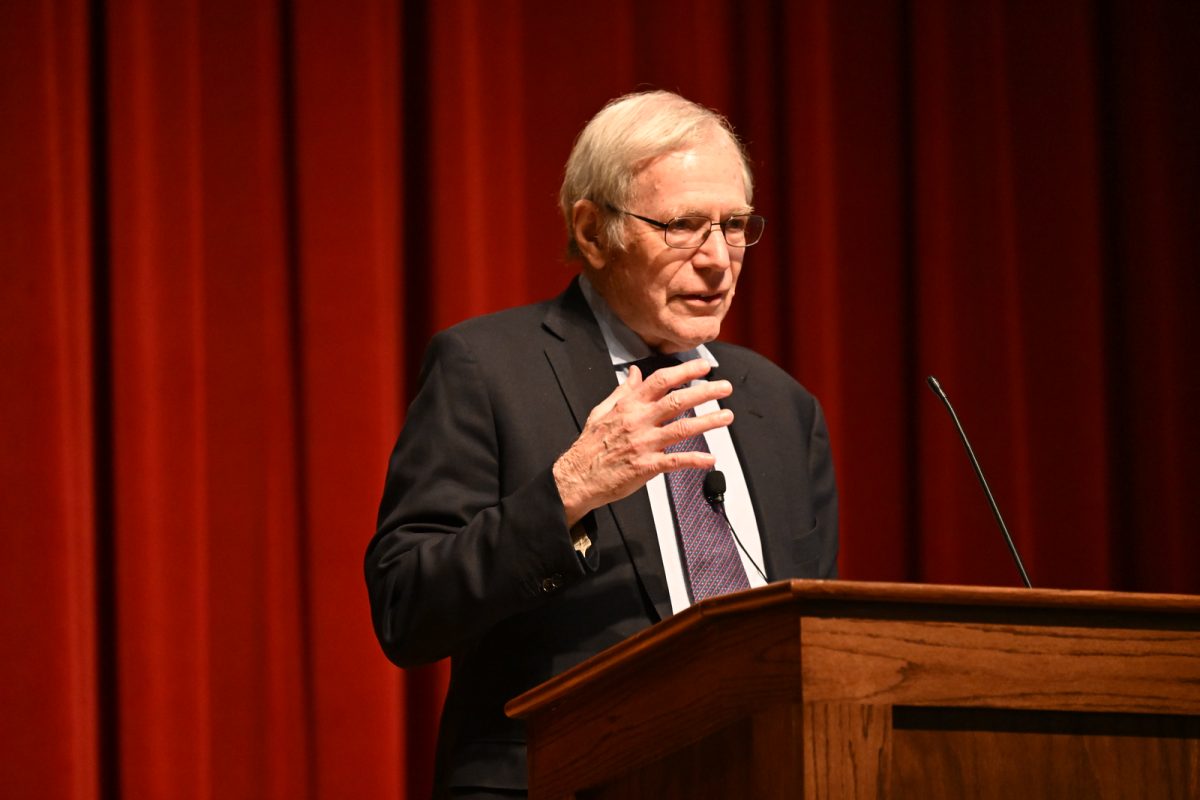Introducing Israel’s collective communities
A combination of socialism and Zionism: the simplest terms to describing a kibbutz. This week we visited our first kibbutz, which is an ideally self-sufficient community in Israel. Originally based on agriculture, these collective communities have since adopted some more modern means of functioning. The idea of the kibbutz is essentially that all people within this community live, work and socialize within the designated area. While initially intended to be a religious community, the kibbutz ideology quickly switched to a secular practice, focused more on togetherness than religiosity.
The first kibbutzim focused on the economic benefit of using the land to grow food. The people of these communities also sought to establish a society of equality, trade and opportunity. In the beginning, the idea of equality ruled kibbutz life, meaning each person contributed to the community and each person received from it only what was necessary. For example, each kibbutz member would only get one pair of shoes per year, which was recorded by the kibbutz’ shoemaker. While everyone got his or her own pair of shoes, this was not the same case for clothing. Instead, members of the kibbutz would share a common closet full of clothing and choose what to wear for the day, before sending it to the laundry room to be cleaned and dried for use again.
Another interesting trait of the original kibbutz was its attention to children. Communal education used to dominate attitudes toward children, so children would grow up in a separate living facility from their parents. While parents went to work and participated in the kibbutz life, children were raised by trained care givers, creating a sense of community enforced at an early age.
While the ideology remains the same in modern day, the execution of the kibbutz has changed. Members of the kibbutz knew they couldn’t make their own clothes and shoes anymore, so that aspect is no longer a required one. Rather, modern kibbutz focus on a communal way of life. This includes regular large meals at the dining hall, giving back financially to assist the maintenance of the kibbutz and guaranteed living facilities provided on the kibbutz.
While almost all members of the kibbutz live on the land, many work outside of their community and bring in money, choosing to give a certain percentage to maintaining the community in which they live. As most members of the kibbutz grow up and live together throughout their entire lives, the community takes education very seriously. In one of the ‘play areas,’ community members donate items no longer in use so that children can create new inventions from old materials, with the idea of tearing it down and creating something new each time.
The kibbutz is not meant to be a restricting environment, but rather one in which people can live together as a community and be relatively self-sufficient. Although Wofford is not exactly comparable to a kibbutz, this experience has had me reflecting on the closeness that comes with living on a college campus, where most needs are met and people grow together throughout their four years of undergraduate studies. Like the kibbutz, we have all come to love each other and rely on our community to meet many of our social, educational and physical needs. Wofford may be thousands of miles away, but I can still feel its strong sense of community with me throughout my travels.
Caption: This picture shows one of the schools for children on the kibbutz, in which the outside is dedicated to creative expressions of play. (Photograph by: Ali K)

































